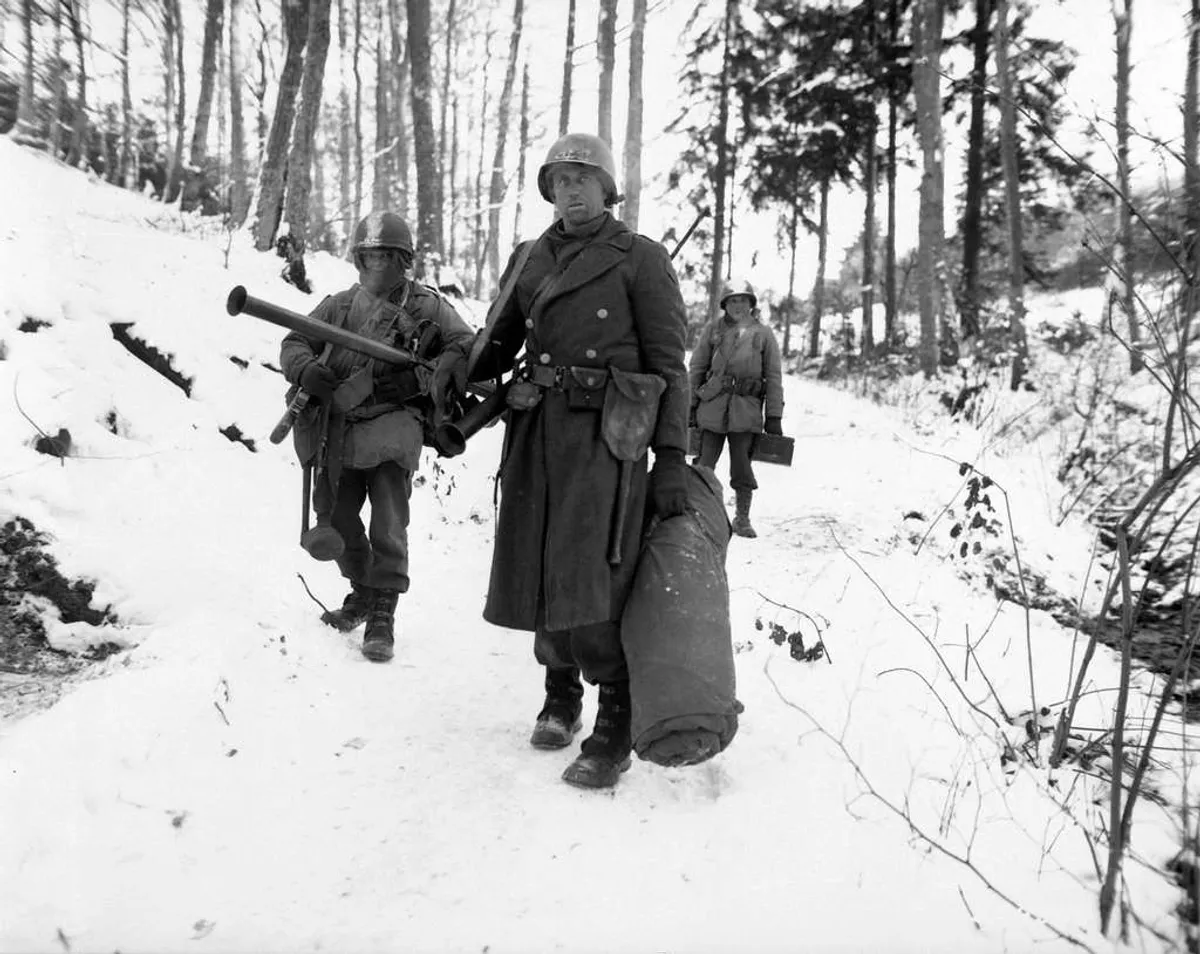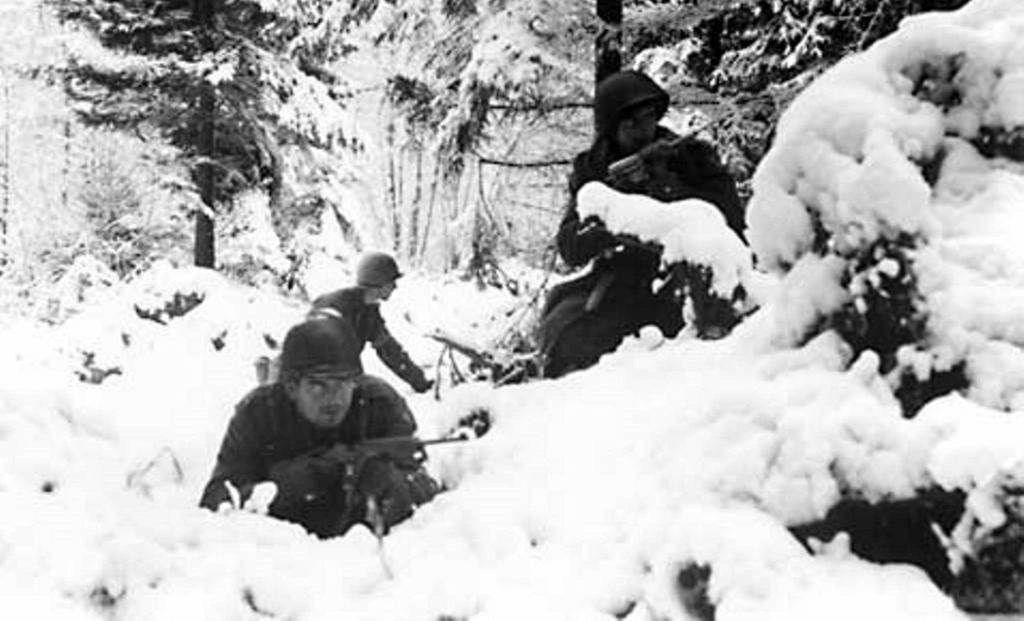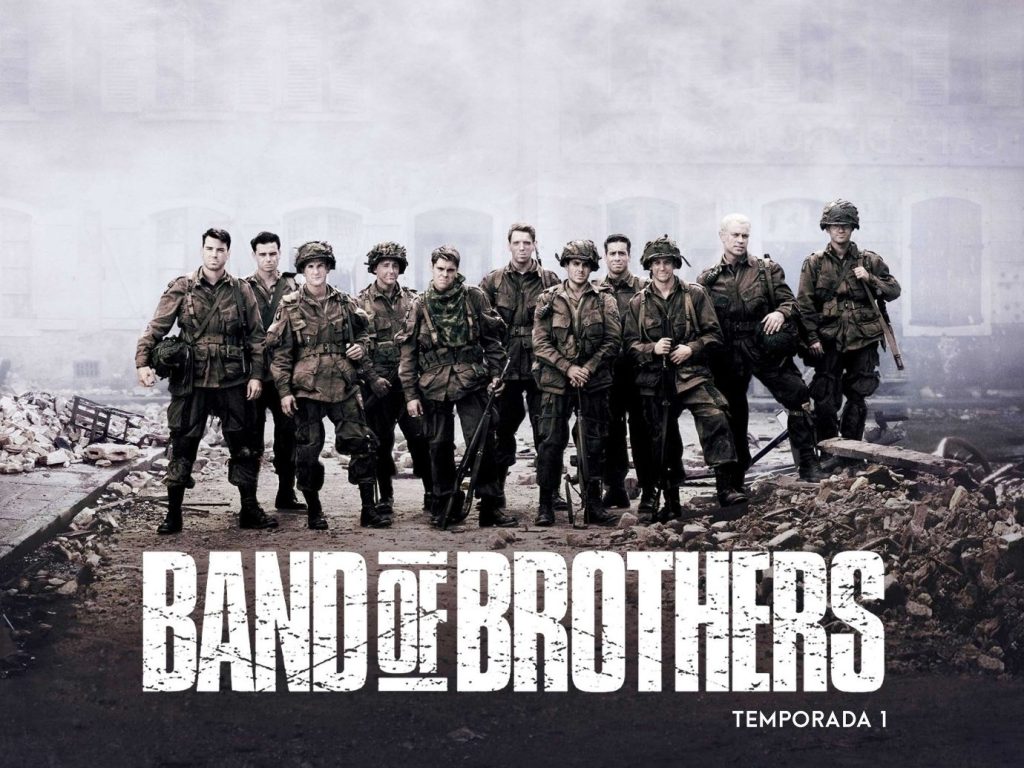
The Battle of the Bulge
- David Lowther
- December 16, 2024
- 3 mins
- History World War Two
- ardenne bastogne bulge patton
The Battle of the Bulge
December 1944 – January 1945
The Ardennes offensive, now known as The Battle of the Bulge, was one of the bitterest campaigns of the closing months of the Second World War. US and other Allied troops faced a surprise German attack through the Ardennes forest — a densely wooded region in Belgium and Luxembourg — repeating their devastating incursion of spring 1940. At the time, Allied forces were resting after six months of relentless action following D-Day.
The Germans, desperate and retreating on all fronts, launched one final gamble to reverse their fortunes. Their objective was to defeat four Allied armies in sequence, then capture the crucial port of Antwerp, severing Allied supply lines and dealing a psychological blow.

A Surprise Assault
The offensive began on 16 December 1944. Initially, everything favoured the Germans:
- Allied troops were exhausted.
- The attack was a total surprise.
- Dense fog grounded the superior Allied air force.
By 20 December, German forces surrounded the strategic town of Bastogne, a key road junction. The defenders — including elements of the legendary 101st Airborne Division — were vastly outnumbered and endured freezing conditions with limited supplies.

Bastogne and Patton’s Breakthrough
For six days, American forces held out in brutal sub-zero temperatures, snow, and ice. Relief came when Patton’s Third Army broke through the German lines, lifting the siege just after Christmas. Though the wider campaign continued into January, the siege’s end marked a turning point.
“Nuts!” — Gen. Anthony McAuliffe’s famously defiant reply to a German surrender demand during the Bastogne siege.
Casualties and Crimes
The Battle of the Bulge was the bloodiest campaign for US forces in Europe:
- 8,000 American troops were killed
- 10,000 German soldiers died
- 3,000 civilians also lost their lives
German forces committed atrocities during the battle — notably the Malmedy Massacre, where 84 US prisoners were murdered by the Waffen SS. After the war, 73 SS soldiers were convicted at Dachau. Though 43 death sentences were commuted, the trials underscored the brutality of the offensive.
Legacy in History and Film
The battle left a profound legacy in literature and popular culture:
- Antony Beevor’s Ardennes 1944 offers a detailed modern retelling.
- Ken Annakin’s 1965 film The Battle of the Bulge, starring Henry Fonda, dramatized the events.
- Band of Brothers (Episode 6) by Spielberg and Hanks offers a harrowing account of the Bastogne siege from Easy Company’s perspective.

Coming Next Month
I’ll be remembering the soldiers who had the ghastly task of liberating Bergen-Belsen Concentration Camp. The post will coincide with the 80th anniversary of that moment in April — one of the darkest discoveries of WWII.